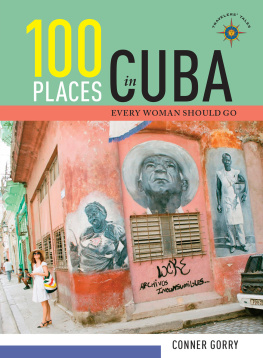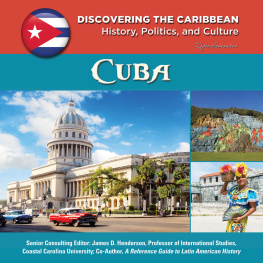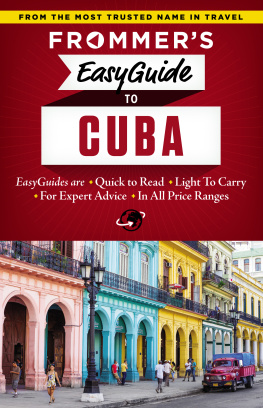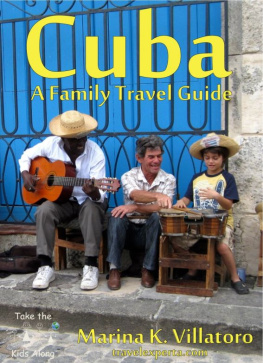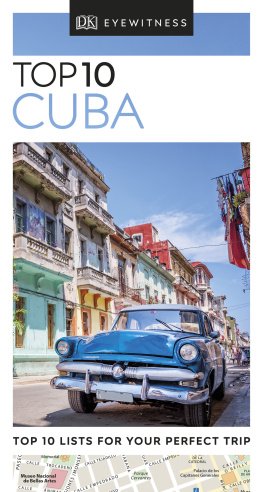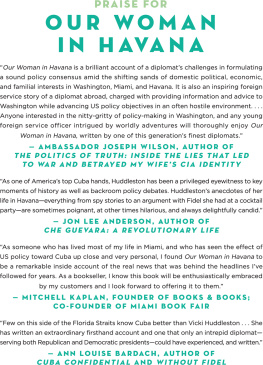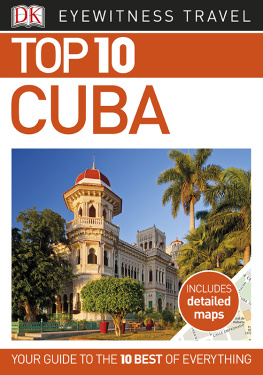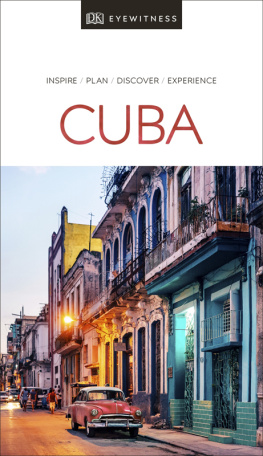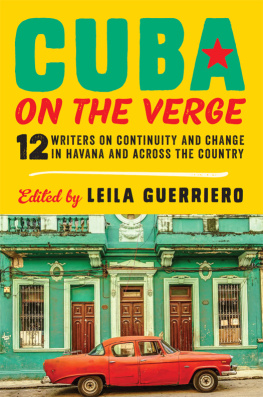

OTHER BOOKS IN THE 100 PLACES SERIES
100 Places Every Woman Should Go
100 Places in the USA Every Woman Should Go
100 Places in France Every Woman Should Go
100 Places in Greece Every Woman Should Go
100 Places in Italy Every Woman Should Go
100 Places in Spain Every Woman Should Go
50 Places in Rome, Florence, & Venice Every Woman Should Go
MORE WOMENS TRAVEL LITERATURE FROM TRAVELERS TALES
The Best Womens Travel Writing series
Gutsy Women
Gutsy Mamas
Her Fork in the Road
Kite Strings of the Southern Cross
A Mile in Her Boots
A Mothers World
Sand in My Bra
More Sand in My Bra
The Thong Also Rises
Unbeaten Tracks in Japan
Whose Panties Are These?
A Womans Asia
A Womans Europe
A Womans Passion for Travel
A Womans Path
A Womans World
A Womans World Again
Women in the Wild
Writing Away

Copyright 2018 Conner Gorry. All rights reserved.
Travelers Tales and Solas House are trademarks of Solas House, Inc.,
Palo Alto, California. travelerstales.com | solashouse.com
Art Direction: Kimberly Nelson
Cover Design: Kimberly Nelson
Cover Photo: Mariele OReilly
Interior Design and Page Layout: Howie Severson/Fortuitous Publishing
Author Photo: Jack Kenny
Image credits: pg. 58: http://laventana.casa.cult.cu/media/zinnia/images/textoroberto.jpg; pg. 87: Ice Boy Tell; pg. 149: Kirua; pg. 166: Wilder Mendez / Lezumbalaberenjena at en.wikipedia; pg. 202: John M. Kennedy T. (restoration work based on public domain old sources); pg. 215: Axelode;
Library of Congress Cataloging-in-Publication Data is available upon request
ISBN 978-1-60952-129-5 (paperback)
ISBN 978-1-60952-130-1 (ebook)
ISBN 978-1-60952-167-7 (hard cover)
First Edition
Printed in the United States
10 9 8 7 6 5 4 3 2 1
For Sandra Gorry, world traveler and Mom Extraordinaire,
who encouraged me from a very young age to live your dreams.

Cubansall of them, male or female, young or old, rich or poor, have so much charm, that one can be lenient about their faults.
Yes, charm is the national industry, all right. To be simptico
is as natural and as necessary to a Cuban as breathing.
Consuelo Hermer and Marjorie May
Havana Maana: A Guide to Cuba and the Cubans (1941)


Cuba is like licorice or reggaetn: you love it or hate it. Sound extreme? Maybe, but not to those who know the islanda place fueled by melodrama and gossip (what I call the national sport), plus burning hot passions from baseball and tattoos to illicit trysts and ice cream. For such a lively, colorful country, the Cuban palette skews heavily towards black and white when it comes to outlook and opinions. Descended from globetrotting Spaniards, swashbuckling pirates, and strong, brave African slaves, with some Chinese, Haitians, and French thrown in for good measure, Cubans are among the most resilient, rhythmic, humorous, and yes, extreme people Ive met in my travels. This in-your-face, take-it-or-leave-it attitude is refreshing in our passive/aggressive, PC worldinvigorating evenbut can be frustrating to the point of tears as well, believe me. Sometimes Im loving and hating this place at the same time.
My Spanish was pretty shoddy when I arrived in Havana on a hotter-than-Hades afternoon in 1993 to volunteer alongside Cubans in the countryside, and I didnt speak a word of Cubana Spanish vernacular unto itself. Slowly, like a five-year old learning the alphabet and butchering basic rules of grammar, I started to drop the final letters of words and incorporate the Spanglish peculiar to this island, which has been occupied militarily, culturally, and politically to some degree by the USA for centuries. Take language, for instance. Here, laundry detergent is called Fa, for Fab, the brand favored by Cuban housewives before the Revolution; a double in baseball is a two base (pronounced tu bay); and a beer is universally called a lager. Facebook, meanwhile, which is taking the island by storm, is known as Feisbu. Another peculiarity of the Cuban idiom is the liberal use of terms and phrases that traveled with the 1.3 million slaves forced to these shores from Nigeria, Angola, Benin, Sierra Leone, Ghana, and elsewhere; by 1841, almost 45 percent of the islands population were enslaved blacks, complemented by another 10 percent of free blacks. A day wont pass without you hearing Asere! qu bol ?! in the streets, a phrase with African roots. The equivalent of Hey man! Whats up?, Cubans went wild when President Obama threw it out during his historic visit to the island in March 2016.
Its not only the local lingo that can drive you loco . The two currency system is maddening at first but becomes second nature after a little practiceand is a great way to jump into daily life here; when you see a pineapple costs $10, thats moneda nacional , also known as MN, pesos cubanos , and CUP (four interchangeable names for one currency; talk about confusing!). The other money, the so-called hard currency, is the Convertible Cuban Peso and has even more monikers: CUC, kooks, divisa , fula, caa . Many people, yours truly included, still refer to CUCs as dollarsa holdover from when USD was the hard currency used here. Plans to unify the CUC and CUP, announced more than six years ago, have yet to be realized and seem a long way off given Cubas perennial economic crisis. Until the ship can be righted and the currencies united, that 10 CUP pineapple costs about 35 cents CUC at the official exchange rate. Transportation is another realm wrought with frustration since schedules for local bus departures and routes are non-existent, long-distance bus tickets must be bought in person and often sell out, train travel is only for hardy folk with time to burn, and planes on domestic routes are often grounded or re-routed due to mechanical problems. Nevertheless, when you approach a Cuba trip with good will and humor, remain open to serendipitya very real and useful travel tool hereand embrace the classic axiom, Its the journey, not the destination, youre sure to have transformative, perhaps even transcendental experiences.
Two recent encounters drove this home and to the heart. On a brilliant sunny Havana day, Olivia walked up to me and two Cuban friends outside the arrivals area of Jos Mart International Airport. Traveling solo and carrying one small knapsack and a body full of tattoos, she asked if wed be willing to share a taxi into the city center. Traveling alone, light, and on a budget, willing to approach strangers with a question and offer: Olivia was my kind of traveler. We said we would take her ourselves, but had arrived by motorcycle with sidecar and were full up. Sin problema , we told the young woman from New Orleans who had only a single hour of Cuba experience under her belt, no map or Spanish, and nowhere to stay: wed help her figure it out. While my friend Ana got on her cell and rang up her casa particular contacts, Jos approached a fellow in a mint sky blue 1956 Chevrolet, asking if he was looking for a fare. Within 15 minutes, Olivia had a cheap, cool ride directly to an affordable, centrally located home where the English-speaking hosts awaited her with a frosty lager. We ran into her later that week and she told us she was having the trip of a lifetime; her story may have turned out differently were it not for her moxie.
Next page
